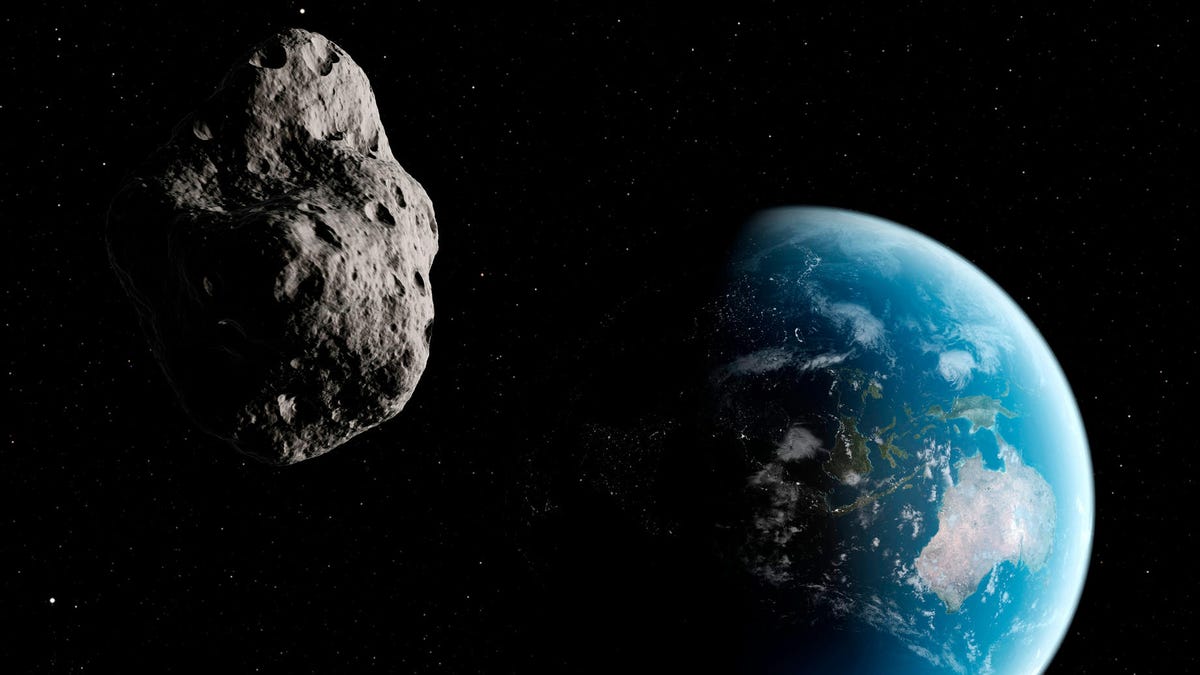NASA head: Expect a major asteroid strike in your lifetime
Visions of space rocks slamming into Earth aren't just for dinosaurs and Hollywood movies.

Big asteroid impacts aren't just for dinosaurs.
This week, as scientists work through an exercise simulating an imminent asteroid impact with Earth, NASA Administrator Jim Bridenstine warned that we need to take the real-world threat seriously.
Bridenstine acknowledged "the giggle factor," the dismissive response the topic has met with in the past, at the start of his keynote remarks Monday at the International Academy of Astronautics Planetary Defense Conference in College Park, Maryland.
"We have to make sure that people understand that this is not about Hollywood, it's not about movies," he said. "This is about ultimately protecting the only planet we know, right now, to host life, and that is the planet Earth."
As part of the conference activities, space agencies will also be live-tweeting a fictional exercise simulating what it might be like if an asteroid were discovered on a collision course with our planet.
The day after #2019PDC was spotted, @ESA & @NASA’s impact monitoring systems identify several future dates when the #asteroid could hit. Both systems agree: most likely date is 29 Apr 2027 – with a very low impact probability of abt 1 in 50 000#FICTIONALEVENT #planetarydefense pic.twitter.com/5kksLGnUwz
— ESA Operations (@esaoperations) April 26, 2019
Bridenstine went on to say that the cause of detecting, tracking and studying asteroids and other near-Earth objects began to be taken more seriously following the Chelyabinsk event of 2013, when a 20-meter (65-foot) meteor exploded in the atmosphere over a Russian city. The resulting shock wave damaged thousands of buildings and sent over 1,500 people to seek medical treatment, mostly for cuts from broken windows and flying glass.
"These events are not rare; they happen," Bridenstine said, noting that one model shows we can expect an event of the same magnitude as Chelyabinsk about every 60 years.
In the 20th century there were three such impacts, including the famous Tunguska event of 1908 and another reported in Brazil in 1930.
Bridenstine emphasized that NASA is working toward a goal of being able to detect and track 90 percent of nearby asteroids that are 140 meters or larger. An impact by a space rock that large would do catastrophic damage, perhaps enough to wipe out an entire state or small country.
The NASA chief also reaffirmed the agency's commitment to its recently announced goal of putting a female astronaut on the surface of the moon in 2024, and he highlighted the importance of the long-delayed Space Launch System to accomplishing the mission.
Over the past several years, as SLS' debut has been repeatedly pushed back, other commercial rockets, like the Falcon Heavy from SpaceX, have begun to approach the capabilities SLS has long promised. But Bridenstine maintained that NASA's massive new rocket will have a role in the future of space exploration, saying it could be the best vehicle for visiting far-off places like Jupiter's moon Europa, which might host life in its subsurface ocean.
Originally published April 29.

